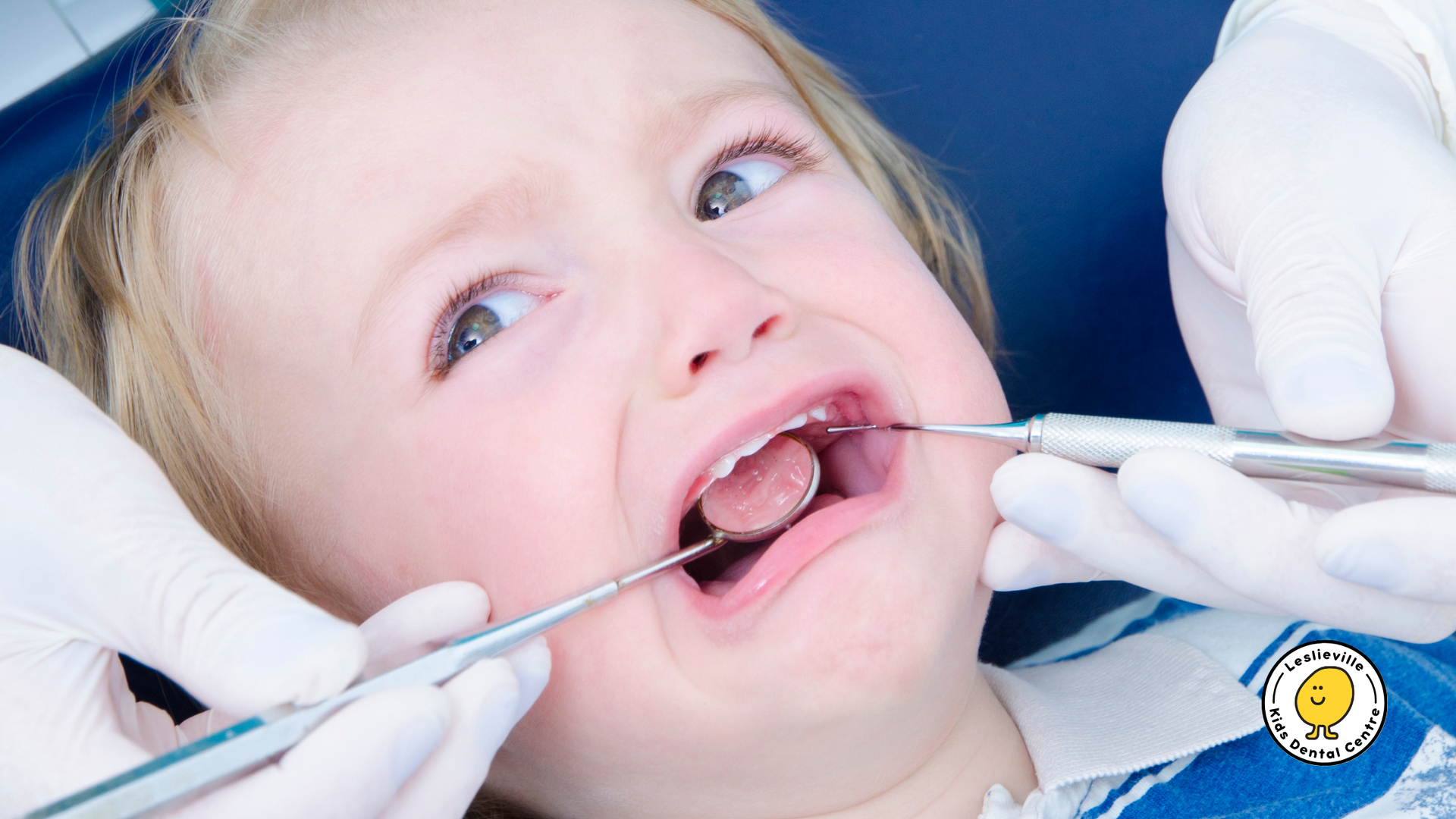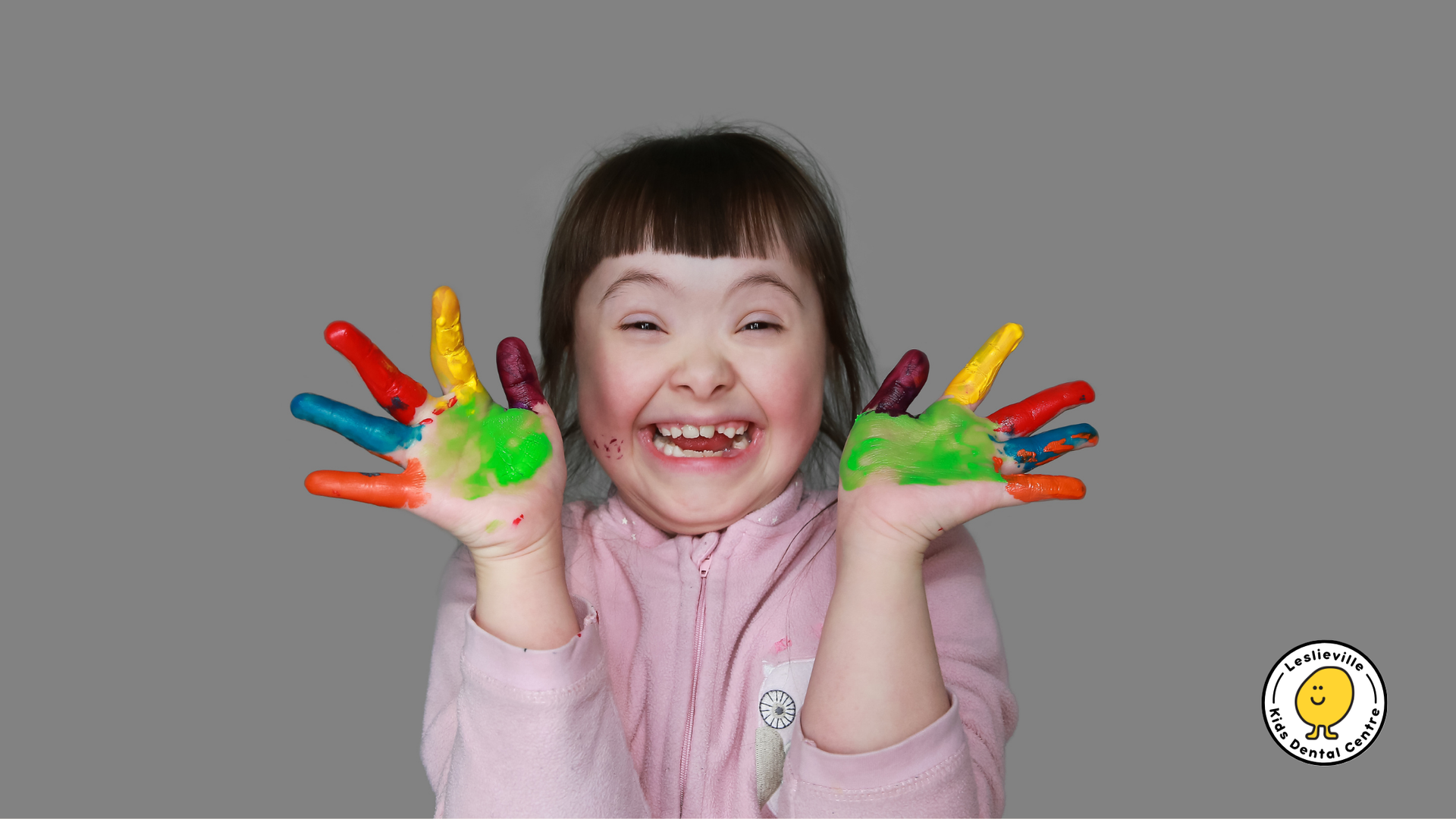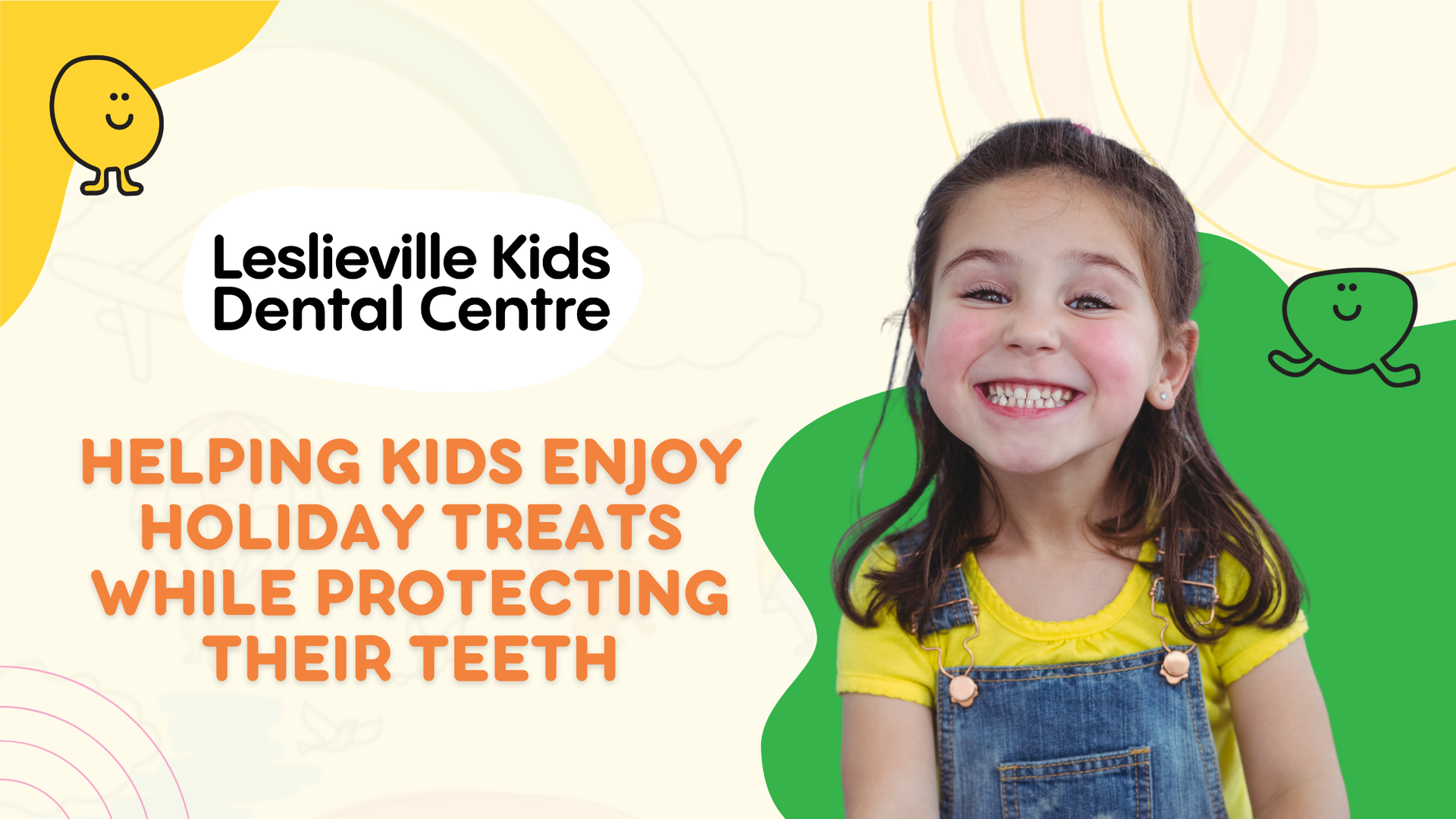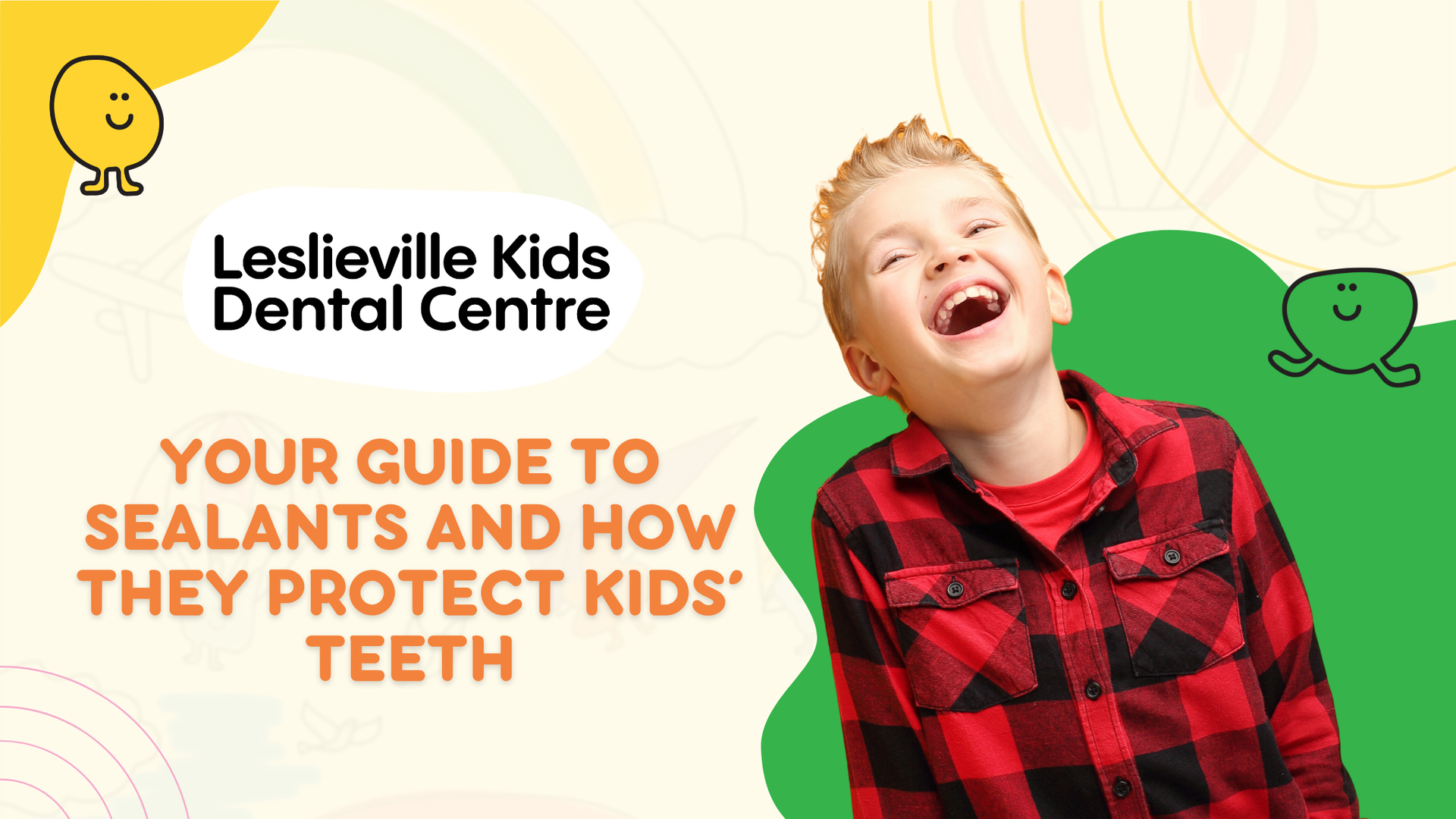Silver Diamine Fluoride for Kids: A Gentle Approach to Cavity Control

Source: Dr. Marketing
Dental visits can be challenging for some children, especially those who experience anxiety, sensory sensitivities, or other conditions that make cooperation difficult. For pediatric dentists, one of the key goals is to provide effective care while minimizing discomfort and emotional distress. In recent years, Silver Diamine Fluoride (SDF) has emerged as a valuable treatment option—particularly for children who struggle with traditional restorative procedures.
This blog explores how SDF works, its benefits for young patients who are unable to tolerate conventional dental treatment, and the considerations families should keep in mind when deciding whether it is the right option.
What Is Silver Diamine Fluoride and How Does It Work?

Silver Diamine Fluoride is a liquid that combines the antibacterial properties of silver with the remineralization benefits of fluoride. When applied to a tooth with decay, SDF stops the progression of cavities by killing bacteria and hardening the softened dentin. It does not require drilling, injections, or removal of tooth structure, making it especially helpful for pediatric patients who cannot sit still for longer or more invasive procedures.
The treatment is simple and quick. Our dentist dries the area, applies the liquid directly to the affected tooth, and allows it to absorb for a short time. In many cases, SDF can halt the cavity's progress until a more permanent solution can be implemented—or serve as the primary treatment when traditional methods are not possible.
Why SDF Is Ideal for Non-Cooperative Patients

One of the most significant advantages of SDF is how it enables dentists to treat decay without requiring the child to undergo invasive procedures. For families in Leslieville Kids Dental Centre in Toronto, this is often a breakthrough in managing dental care for children with high anxiety, special healthcare needs, or developmental delays.
Children who are uncooperative due to fear, sensory processing disorders, or communication challenges benefit from a treatment that does not involve dental instruments or prolonged chair time. SDF also offers a way to address early-stage cavities in baby teeth without sedation, which is another concern many parents want to avoid if possible.
Clinical Benefits of Silver Diamine Fluoride

SDF is not just convenient—it is clinically effective. Research has shown that SDF can successfully arrest more than 80% of active caries with regular follow-up applications. This makes it a reliable short-term or interim solution when comprehensive treatment is delayed or not feasible.
For teeth that are close to exfoliation (falling out), SDF may be all that is needed to keep the child comfortable until the tooth naturally comes out. It also provides an alternative to extractions in certain cases, reducing both physical and emotional trauma. Another notable benefit is the reduced cost. Since SDF does not require materials or time for fillings or sedation, it is often a more affordable option for families.
Important Considerations and Limitations
Despite its benefits, there are important factors to consider before choosing SDF. The most well-known drawback is aesthetic—SDF stains the decayed portion of the tooth black. While this is a sign that the decay has been halted, it may be concerning for some families, especially if the treated tooth is visible when the child smiles.
It is also not suitable for all types of cavities. SDF works best on accessible areas and early-stage decay. For deeper or structurally compromised teeth, traditional restorations may still be required in the future.
The treatment must be repeated periodically—typically every 6 to 12 months—to ensure the cavity does not become active again. Our team at Leslieville Kids Dental Centre in Toronto monitor patients closely to determine when reapplication is needed or when to transition to other treatments. Parents should also understand that while SDF is safe, it is not meant to replace long-term restorative care in every case. It is an excellent tool, but not a universal solution.
When Is SDF Recommended?

We may recommend Silver Diamine Fluoride under the following circumstances:
- The child is unable to cooperate due to anxiety, age, or special needs.
- Sedation is not desired or not medically advisable.
- The tooth is a primary (baby) tooth nearing natural exfoliation.
- Decay is visible but not extensive or deep.
- The family is seeking a temporary option until more definitive care can be provided.
How Leslieville Kids Dental Centre Approaches SDF Treatment

At Leslieville Kids Dental Centre, we assess each child individually to determine if SDF is appropriate. We consider not only the child’s dental needs, but also their comfort, emotional well-being, and family preferences. If SDF is a good match, we explain how it works, what to expect, and how to monitor the tooth at home.
The process is fast, gentle, and non-invasive—many children are pleasantly surprised at how simple it is. Parents receive aftercare instructions and are advised on when to return for reapplication or evaluation.
By using SDF, our goal is to protect the health of the tooth while avoiding distress or trauma, especially in young or vulnerable patients. We always aim to provide safe, compassionate care that works for each child’s unique situation.
Making the Right Decision for Your Child

Choosing Silver Diamine Fluoride is about more than just stopping decay—it is about giving every child access to care that respects their comfort level and emotional needs. For non-cooperative patients, SDF can be the first step toward building trust, improving oral health, and eventually transitioning to more comprehensive care when the child is ready.
Families in Toronto who are unsure about the right approach can turn to Leslieville Kids Dental Centre for expert guidance. We help parents explore all options, understand the pros and cons, and choose what works best for their child’s long-term dental health. If you have questions about SDF or would like to know if it is right for your child, we invite you to connect with our team. Together, we can create a care plan that supports healthy smiles—without stress.
Related Blogs




